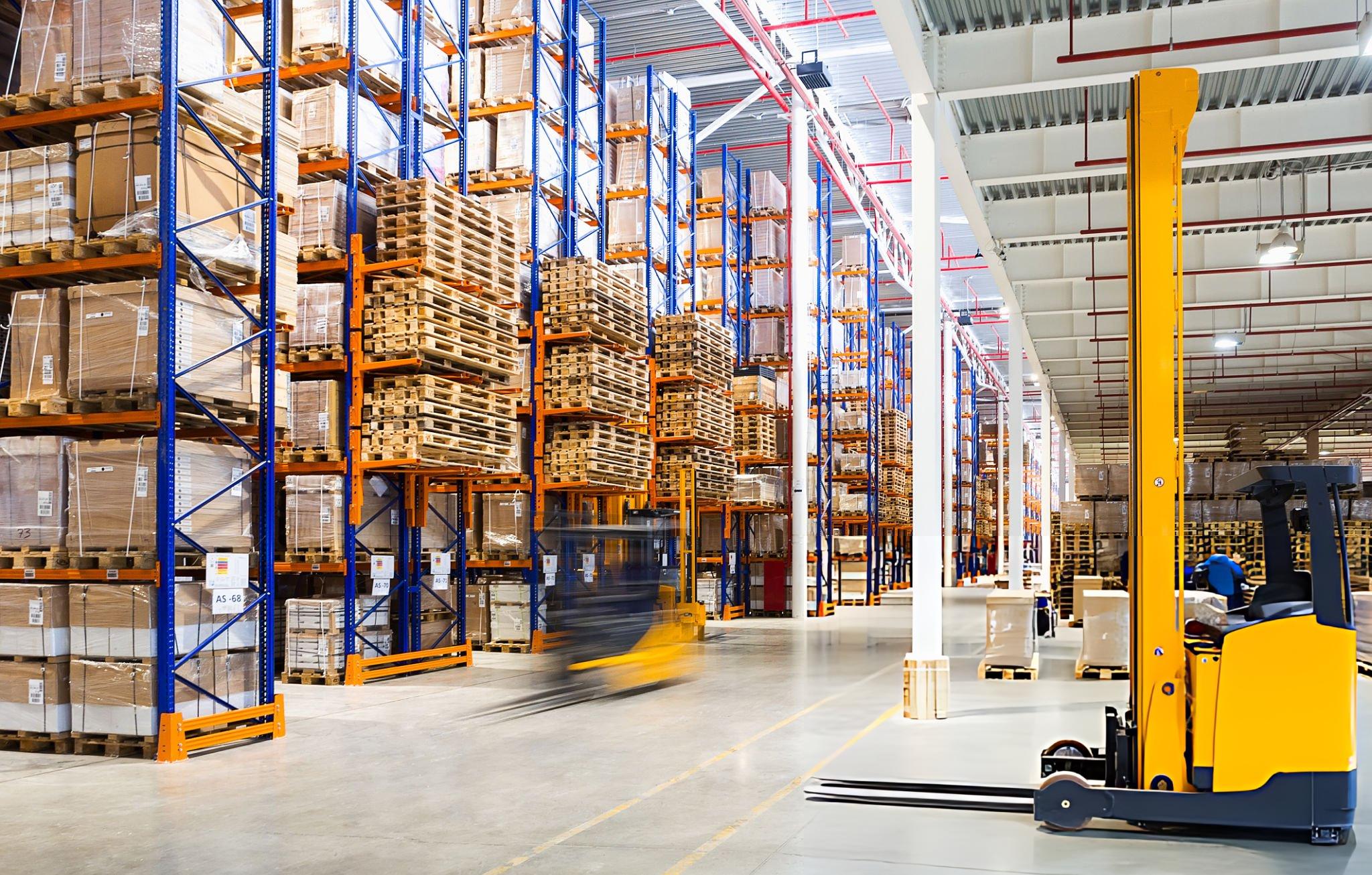What Is the Most Common Pallet Racking System?
When it comes to warehouse storage, warehouse racking is an essential system that maximizes space efficiency, streamlines inventory management, and enhances operational productivity. Whether managing a small storage facility or a large-scale distribution center, choosing the right pallet racking system is crucial to optimizing space and ensuring easy access to goods.
Among the various types of warehouse racking available, one system stands out as the most commonly used in warehouses worldwide. In this comprehensive guide, we will explore the most widely used pallet racking system, discuss its benefits, how it compares to other racking systems, and why JB Equipment is your

